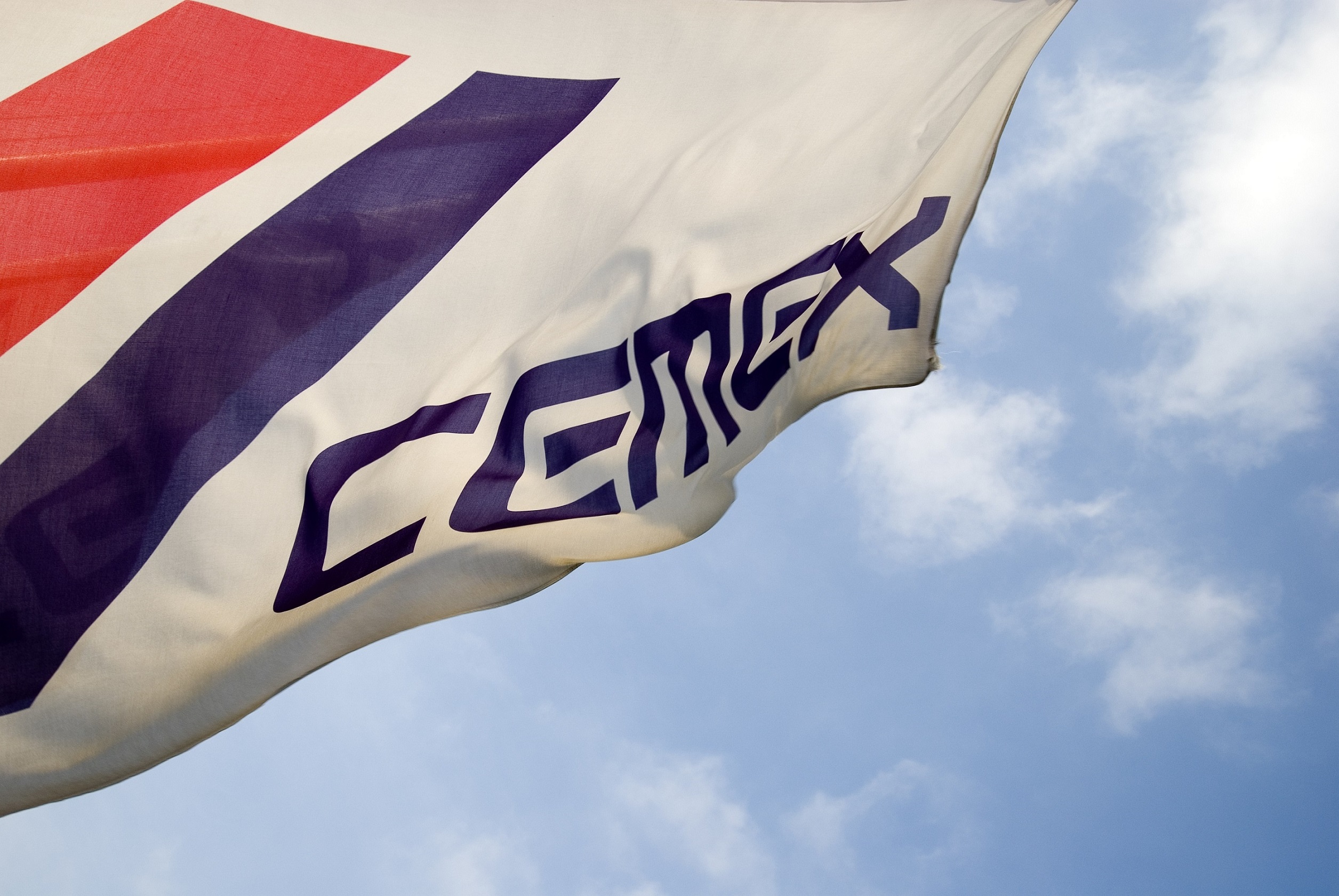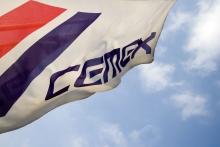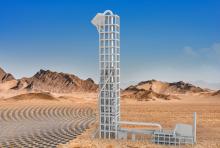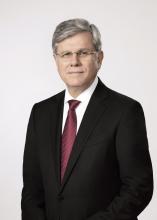
Construction materials giant CEMEX says it will design and produce a unique high-performance and lightweight concrete for this unprecedented use in an optimised low-carbon structure for offshore windfarms.
CEMEX will design a specialty mix that is lightweight, resistant to ocean conditions, and lower carbon, facilitating a floating foundation with a reduced CO2 footprint. The company will also support the consortium with technical assistance in the industrialization and supply chain of concrete for the project.
“We are excited to be part of this groundbreaking renewable energy pilot. Vertua concrete was created specifically to enable ambitious low-carbon projects such as this one,” said CEMEX CEO Fernando González. “This project demonstrates our continued commitment to sustainability and innovation.”
The consortium is led by ESTEYCO, a civil engineering and architecture consulting firm with over 50 years of global experience that developed a proprietary technology named Wind Hybrid Esteyco Evolution for Low-carbon solutions (WHEEL). One element of this technology replaces traditional steel used in floating platforms with lightweight, lower-carbon Vertua concrete.
The European Commission’s climate targets for 2030 and 2050 rely on an ambitious strategy that that promotes the development of clean energy such as offshore windfarms in Europe’s five sea basins. The WHEEL project seeks to enable this ambition.
The consortium includes companies such as 2-Benergy, Boskalis, Rover Maritime, Tenerife Shipyard, Bridon-Bekaert, Vicinay, Plocan, Fihac and EnBW. With the financing support of the EC, the consortium will work to install a 6MW 2-bladed downwind turbine on the WHEEL platform near the Canary Islands in Spain by 2025.
CEMEX says the project aligns with its Future in Action programme, which seeks to achieve carbon neutrality by 2050. A key element of Future in Action is innovation and partnerships, participating in projects such as this with other companies working to mitigate climate change.









